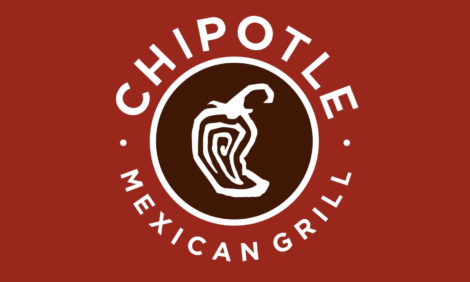



The risk of feed ingredients transporting African swine fever
Dr Dave Pyburn, vice president of science and technology at the National Pork Board in Des Moines, Iowa, USA, provides an update on the African swine fever situation in Asia and the associated risk of the virus being transported into the United States."When we look at China in particular, we might as well consider that [African swine fever] has pretty well spread throughout most of the country including that southern portion of the country where they produce well more than half of the pigs on the globe," Dr Pyburn said. "That's a lot of pigs that are available to be affected or infected with African swine fever. So, it's a concern for us as far as being a potential source of virus that can somehow eventually potentially make its way over here."
The biggest concern Dr Pyburn noted is there could be risk materials that could transport the virus to the US from China or from any of the infected countries. One of the primary risk materials is feed and feed ingredients.
"Dr Scott Dee's research has shown that in fact you can transport the virus. Transport is not transmission, but you can transport the virus live from China to the United States potentially in some of the feed stuffs that we're buying from China," he explained.
In 2014, Dr Dee and his team were deciphering how porcine epidemic diarrhoea (PED) virus had entered the US - a virus that, prior to the 2013 outbreak, had never before been seen in North America. Dr Dee's PED research model clearly showed certain feed ingredients supported the PED virus through a simulated journey from Beijing to Shanghai to San Francisco, California to Des Moines, Iowa. In his recent research, he wanted to see if other viruses, including African swine fever, could survive that journey as well.
The US industry is convinced that PED was brought into the US from China through feed components, based on genetic mapping, he said. But beyond PED, China has several diseases that the US and other countries do not have in their commercial herds like pseudorabies, classical swine fever, foot-and-mouth disease and most recently African swine fever.
"We're concerned that potentially we could be putting these viruses in front of our animals," explained Dr Pyburn. "There are many ways to mitigate that risk. You can mitigate it through additions to the feed to kill virus, but another way too if we would be able to test and know that what you have is a safer feed material."
Many swine feed components are currently imported into the US from China.
"There are a number of amino acids, vitamins and minerals that come in from China," he said. "Some of which we can and do make in the US, but some of which we don't have the capacity to make here at this time, so we've got to order them from China. They are needed for our complete swine diets."
For more information about African swine fever diagnostics, click here or connect to the Thermo Fisher Scientific Swine Resource Center.







